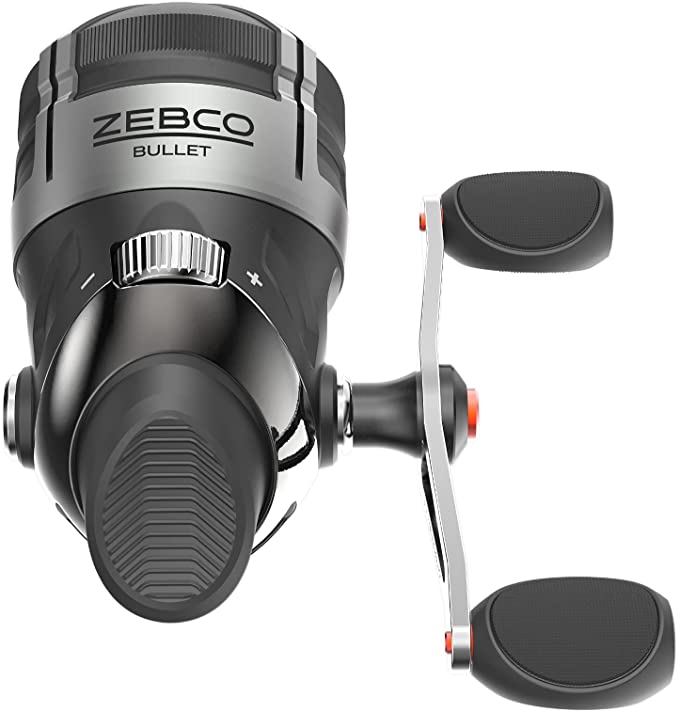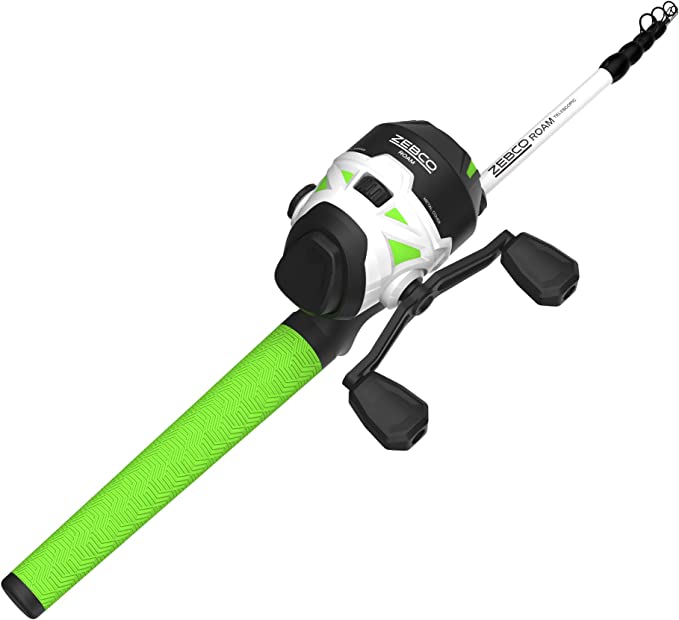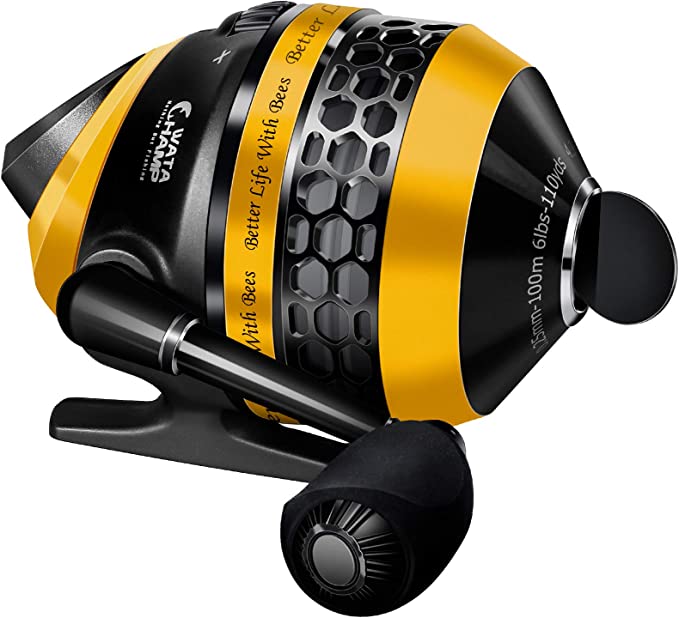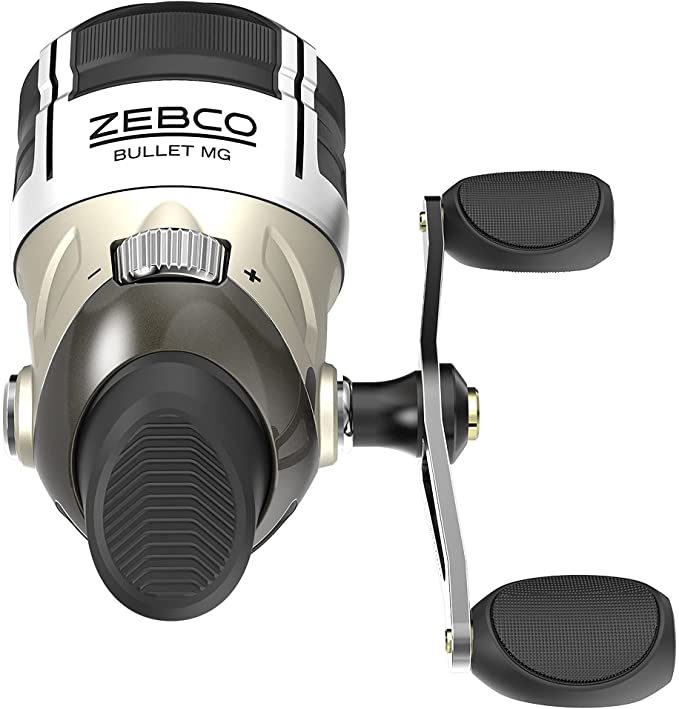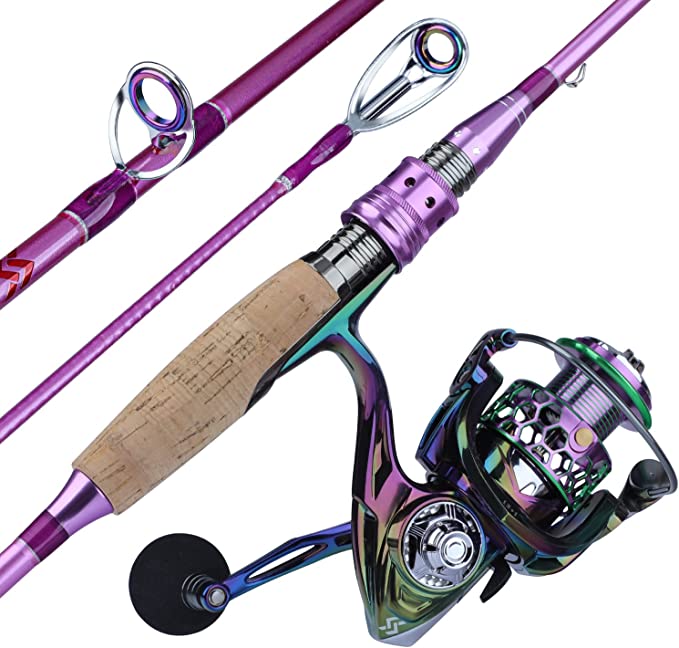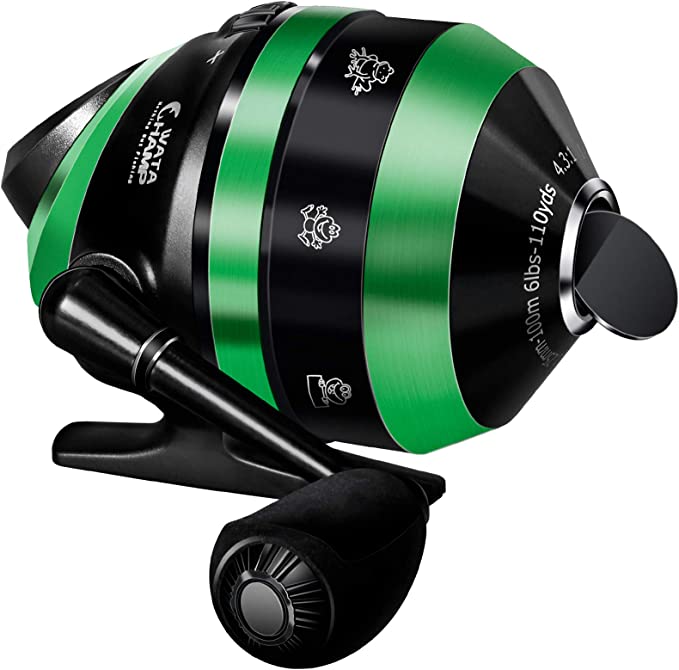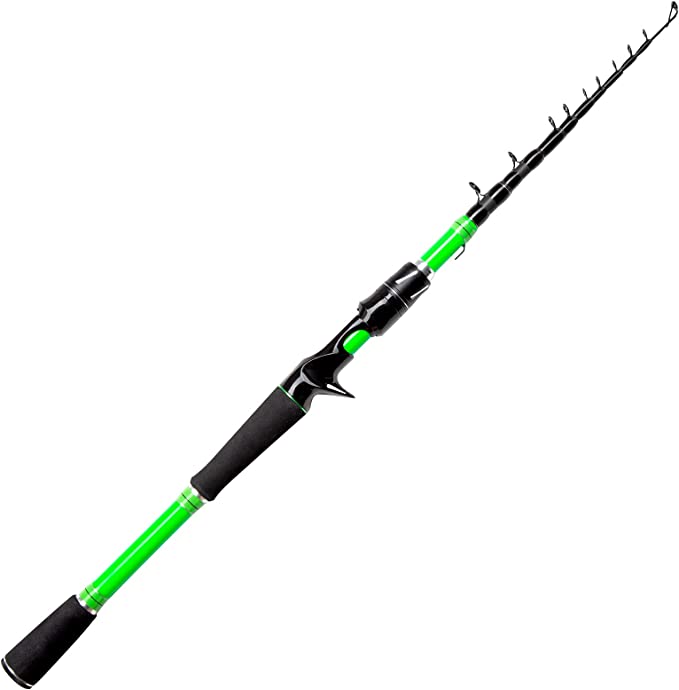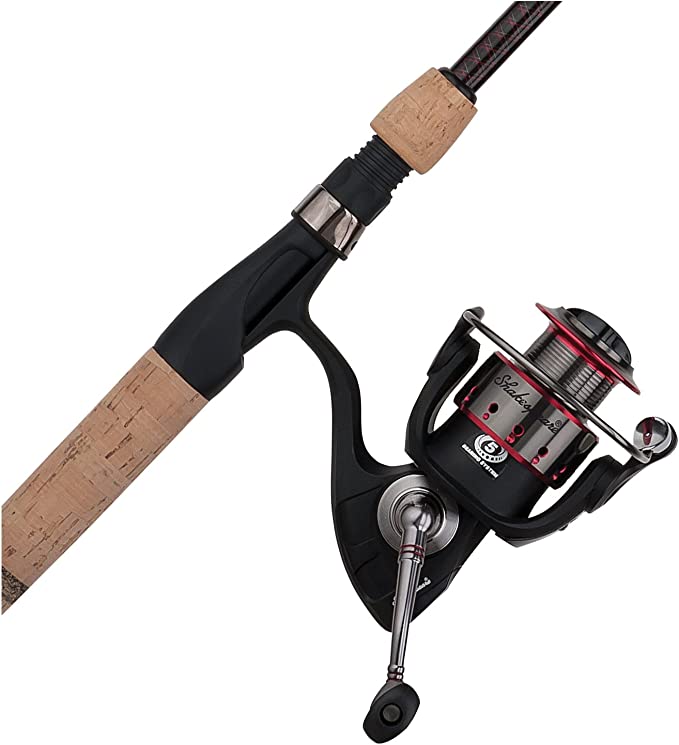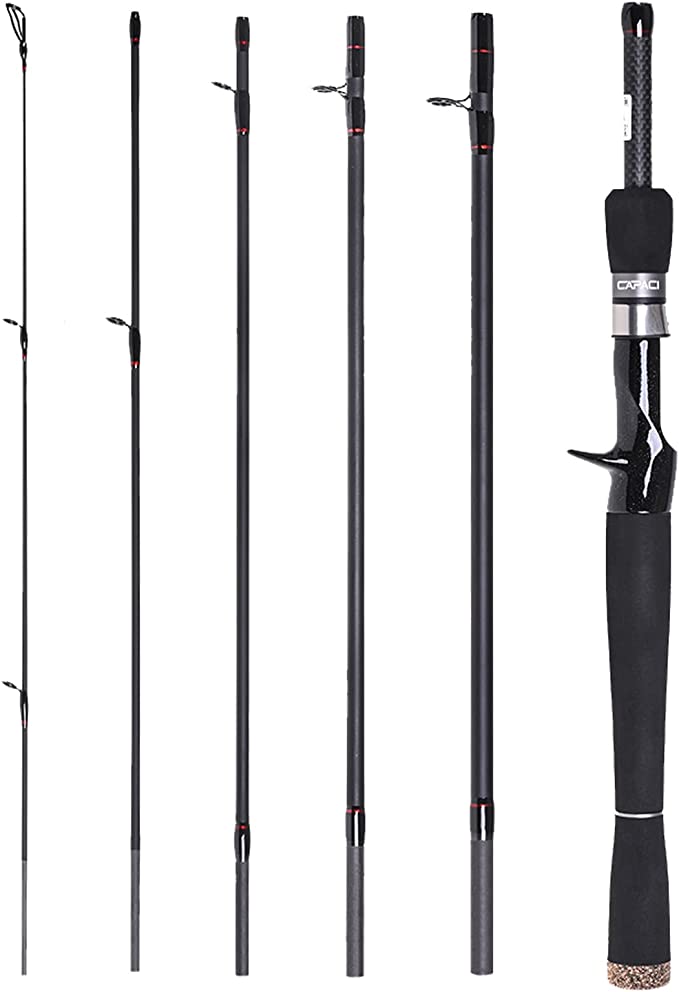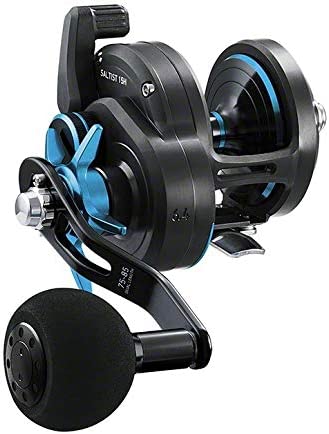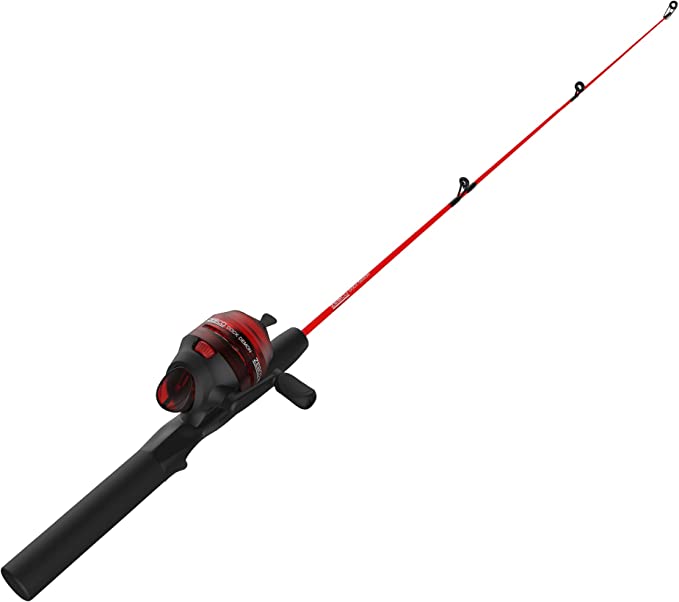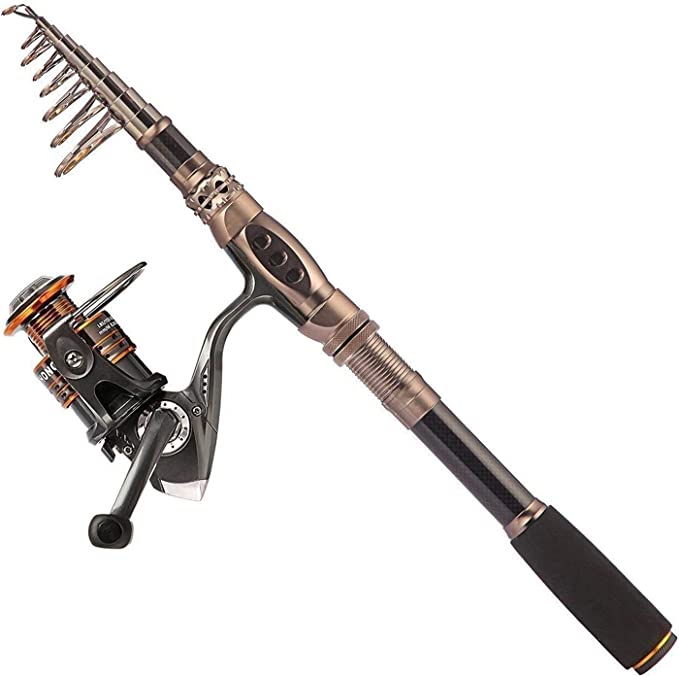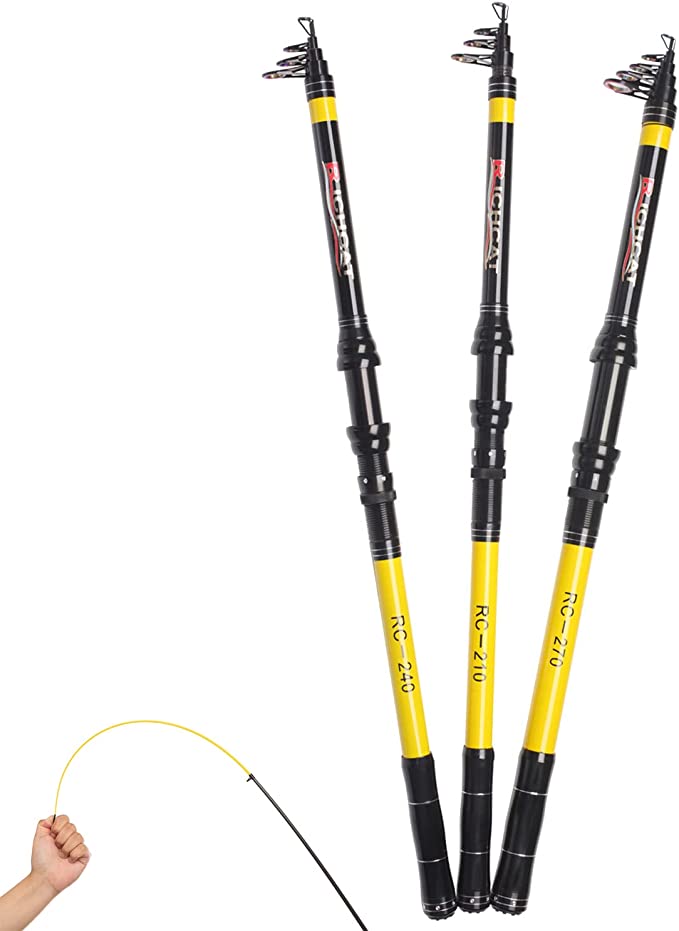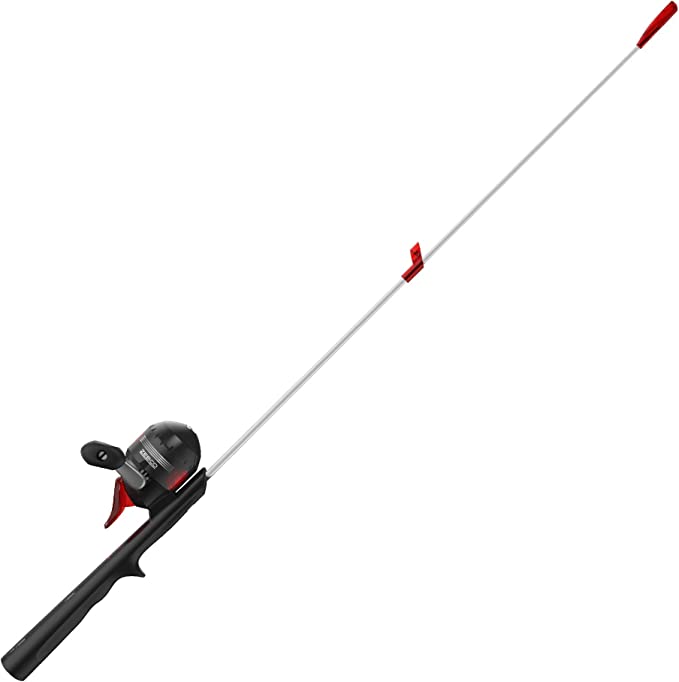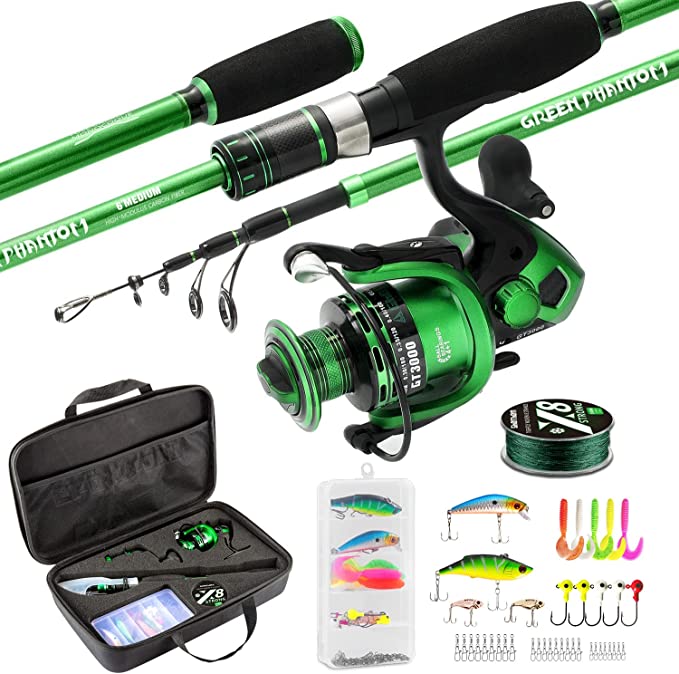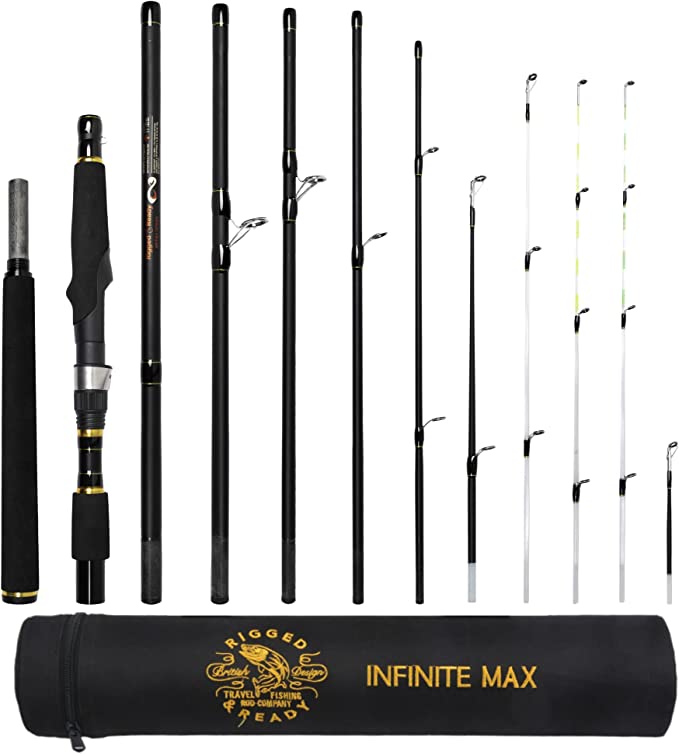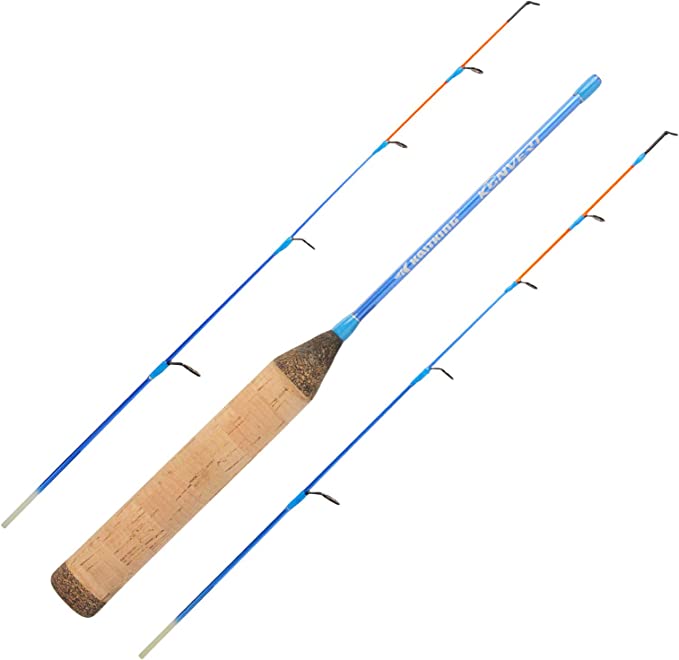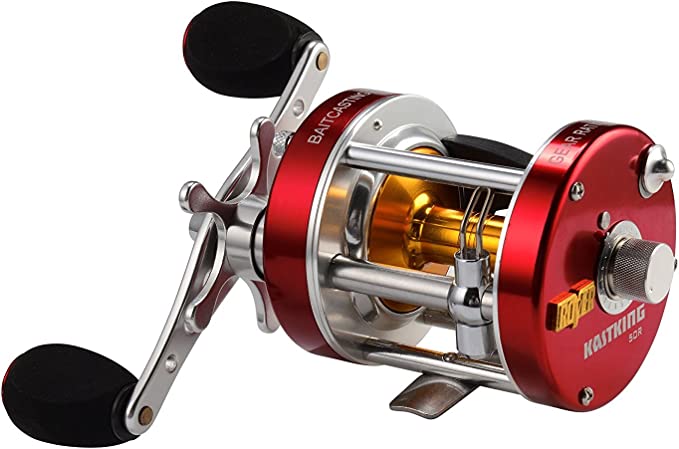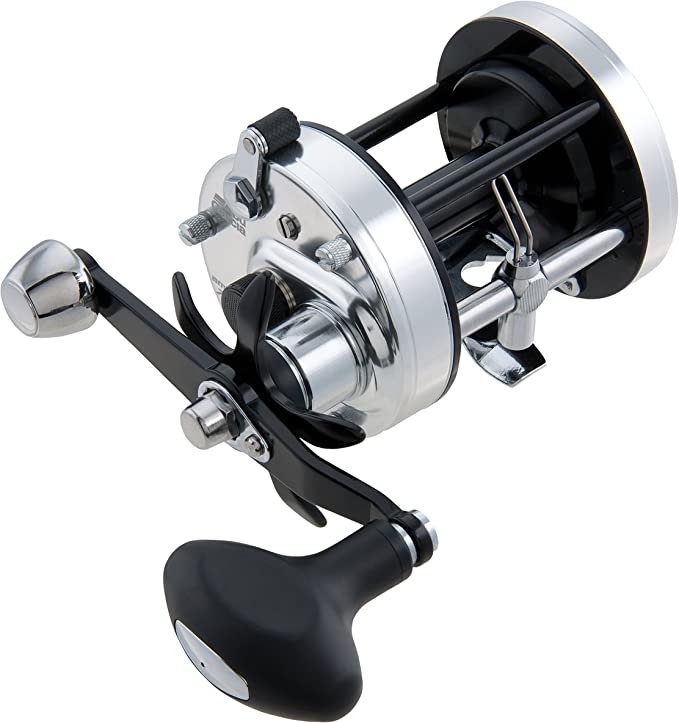The Mechanical Heart of the Cast: Deconstructing the Modern Spincast Reel
Update on Aug. 1, 2025, 9:34 a.m.
For countless anglers across North America, the ritual is the same. A simple press of a button, a flick of the wrist, and the lure sails across the water. It’s an act of beautiful simplicity. But have you ever paused to consider the mechanical ballet that unfolds within that compact housing? That single press initiates a cascade of precisely engineered events. Using the KastKing Brutus Spincast Reel as our guide, let’s pull back the curtain and explore the fascinating intersection of physics, material science, and design that powers every cast and retrieve. This isn’t just about one reel; it’s about understanding the hidden genius in the gear we trust.
The Engine Room: Forging Speed and Smoothness
At the core of any reel lies its engine—the system responsible for converting the angler’s effort into controlled power. In the Brutus, this engine is tuned for two things: speed and smoothness.
The first, and most critical, element is the gear ratio, stated as 4.0:1. Think of this like the high gear on a bicycle. For every single, complete turn of the handle you make, the internal spool (the rotor holding the line) revolves a full four times. This multiplication of motion translates directly into a high rate of line pickup—a swift 15.75 inches of line retrieved per turn (IPT). This isn’t just a number on a spec sheet; it’s a tactical advantage. When a bass inhales your lure and charges the boat, that high-speed retrieval allows you to eliminate slack instantly, maintaining pressure and ensuring the hook stays firmly planted. It’s the mechanical answer to a fish’s explosive speed.
This speed would be useless if it wasn’t smooth. The sensation of a silky retrieve comes from a direct confrontation with a universal force: friction. The Brutus counters this with five stainless-steel, double-shielded ball bearings. Imagine trying to drag a heavy log across the ground versus rolling it on smaller logs. The latter is far easier because rolling friction is significantly lower than sliding friction. Ball bearings do precisely this on a micro-scale, allowing the reel’s moving parts to glide effortlessly. The choice of stainless steel provides crucial resistance to corrosion, the eternal enemy of fishing gear. Furthermore, the “double-shielded” designation means each bearing is protected on both sides by a metal shield, acting as a guard against sand, grit, and spray that would otherwise compromise its performance and shorten its life.
The Chassis and Controls: Wielding Power with Finesse
A powerful engine needs a sturdy frame and a reliable braking system. This is where material science and controlled mechanics come into play, allowing an angler to wield power with precision.
The reel’s foundation is its graphite frame. In the world of engineering, graphite composite is prized for its exceptional specific strength, or strength-to-weight ratio. It allows the Brutus to have the rigidity needed to prevent flexing under load while weighing a mere 9.88 ounces. This lightweight construction is a deliberate choice to reduce angler fatigue, enabling comfortable fishing from dawn till dusk.
When a sizable fish is on the line, the ultimate control system is the drag. The Brutus’s 11-pound maximum drag system is not a simple brake; it’s better understood as a sophisticated, adjustable friction clutch. When the fish pulls with a force exceeding the drag’s setting, the system allows the spool to slip and release line smoothly. This controlled release is vital—it prevents the sudden, immense force of a running catfish or a head-shaking bass from snapping your line. It turns a potential break-off into a battle of endurance, applying constant, wearying pressure to the fish.
Finally, efficiency in the retrieve is perfected by the often-overlooked dual pickup pins. As you turn the handle, these two stainless-steel pins emerge to seamlessly capture the line and guide it back onto the spool. Think of them as two diligent shepherds, ensuring the line is gathered quickly and laid down evenly, dramatically reducing the risk of the dreaded internal tangle that can plague lesser designs.
Designed for the Angler: The Human-Machine Interface
Great engineering always considers the human who will use it. The Brutus incorporates several features that focus squarely on the angler’s experience and readiness.
Its reversible handle is a prime example of inclusive, ergonomic design. A simple cap allows the aluminum handle to be switched from the right to the left side, accommodating the natural retrieving style of any angler, right- or left-handed. This small detail makes the reel universally adaptable. Furthermore, its arrival pre-spooled with 160 yards of 10 lb monofilament line is a nod to practicality. It’s ready for the water straight out of the box. The choice of monofilament itself is a smart one for a versatile reel, as its inherent stretch provides a bit of shock absorption, offering a forgiving quality that benefits anglers of all skill levels.
Conclusion: Engineered Simplicity
The humble spincast reel, epitomized by the modern engineering in the KastKing Brutus, is a testament to a powerful design philosophy: the greatest ease-of-use is born from hidden complexity. Within that simple button press lies a world of gear ratios fighting for speed, ball bearings defying friction, advanced materials balancing strength and weight, and drag systems negotiating the raw power of nature. By understanding the science in our hands, we elevate our appreciation for the tools of our passion. It transforms a simple fishing trip into a dynamic interaction between angler, machine, and the wild, reminding us that in every cast, there is a pulse of mechanical genius.
